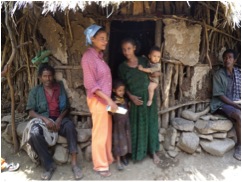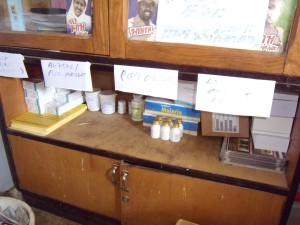QUESTION
My husband and I recently adopted our second child from Ethiopia about 3 months ago. We did NOT take Malaria medication because we only stayed in Addis Ababa and did not travel outside the city—or very far from out hotel for that matter. I’ve recently started very odd symptoms—aches, chills but no fever, general feeling of malaise, runs, dry cough, hot flashes followed by sweats, and fatigue so severe I sometimes don’t have the energy to talk. The weird part is that the symptoms come and go. I feel fine for a few days, and then boom! Down for the count again, then fine the next day. I’m going to see my Dr. tomorrow, but could I have Malaria???
ANSWER
While the cyclical symptoms, occurring every few days, are similar to the cycles experienced by malaria sufferers, the lack of a fever is a good indication that you don’t have malaria. Moreover, as you clearly researched before your trip, Addis Ababa is not a transmission zone for malaria, so it is unlikely that you would have been infected during your trip. By now you will have probably seen your doctor, and I suspect s/he will have ruled out malaria. If you really want peace of mind, you can also ask for a blood test, just to check. I hope your condition is diagnosed and treated soon, and you recover quickly!


